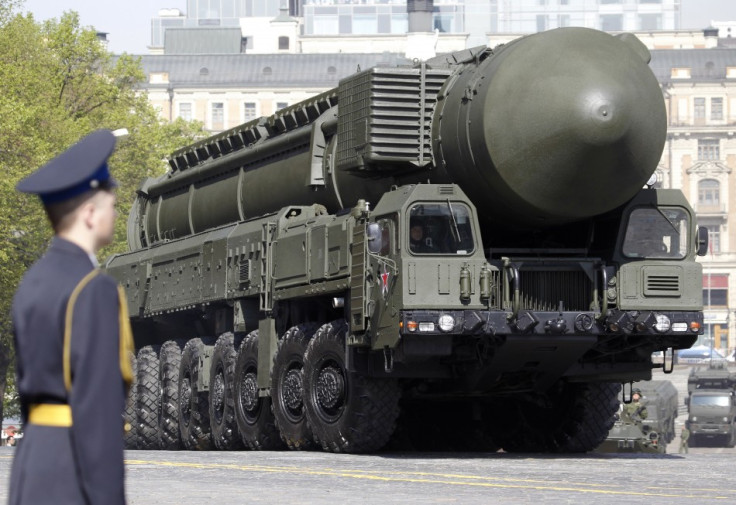Russia's 'Space Forces' just completed the construction of two new radar facilities
Four storage centres for their Bulava ICBMs have also been built.

Russia's Ministry of Defence (MoD) has just completed the construction of two radar facilities along with four storage centres which will hold Bulava missiles for their "Space Forces".
The radars are located at the Orsk in the Urals and in Barnaul in southwest Siberia, while the Bulava storage facilities are based in Severomorsk in northwest Russia, Tass reported.
"With regard to the Space Forces' facilities, the construction of two radars of high factory readiness was completed in Orsk and Barnaul," Deputy Defense Minister Timur Ivanov said at an event, noted Tass.
"The construction of four storage facilities for 3M-30 items of the basic loading terminal No.17 has been completed," he added. 3M-30 is code for the Bulava Intercontinental Ballistic Missile (ICBM), according to the report.
Space Forces is a branch of the Russian Aerospace Defence Forces which is responsible for, among other things, "monitoring space objects and identification of potential threats to the Russian Federation in space and from space, prevention of attacks as needed", according to their website. They are also tasked with the handling of ICBMs in certain scenarios.
It is not clear at this time about what the primary functions of the radars are and there were no other mentions of it in the report.
All you need to know about Bulava missiles
The Bulava missiles, noted Tass, is an ICBM that is sea-based and launched from a D-30 system, which is used in Borei and Borei-M "strategic missile-carrying underwater cruisers". It went into service in 2013 and was created as a replacement for the ageing Russian D-19 missile system.
As the Akula class submarines got upgraded to the Borei class, their missile launch systems were also changed from the D-19 units to the more modern D-30, which is capable of launching the Bulava.
The Bulava was designed and built by Russia's Moscow Institute of Thermal Technology (MITT). The institute had previously developed land-based ICBMs like the Topol-M, which used solid propellants, according to Tass. The original intention of the project was to reportedly develop a Topol-M for the sea, but that soon proved to be impossible.
A whole new platform was then tested, with successful launches conducted in 2005. By 2008, the project was officially accepted for military service. However, it was plagued by several delays, and after further testing, the Bulava ICBMs were formally put into service by January 2013.
Details like the actual performance of the missile are yet to be officially announced, noted the Tass report. However, according to sources which have not been mentioned in the report, the Bulava is powered by a three-stage, solid-propellant rocket that is capable of launching six independently targetable warheads.
The missile is 12.1 metres long and weighs 36.8 tonnes at launch, with a range of 10,000 km and a throw-weight capacity of 1,150 kg. It is believed to have an error probability – a term which refers to a missile's precision – of 120m to 350m.






















